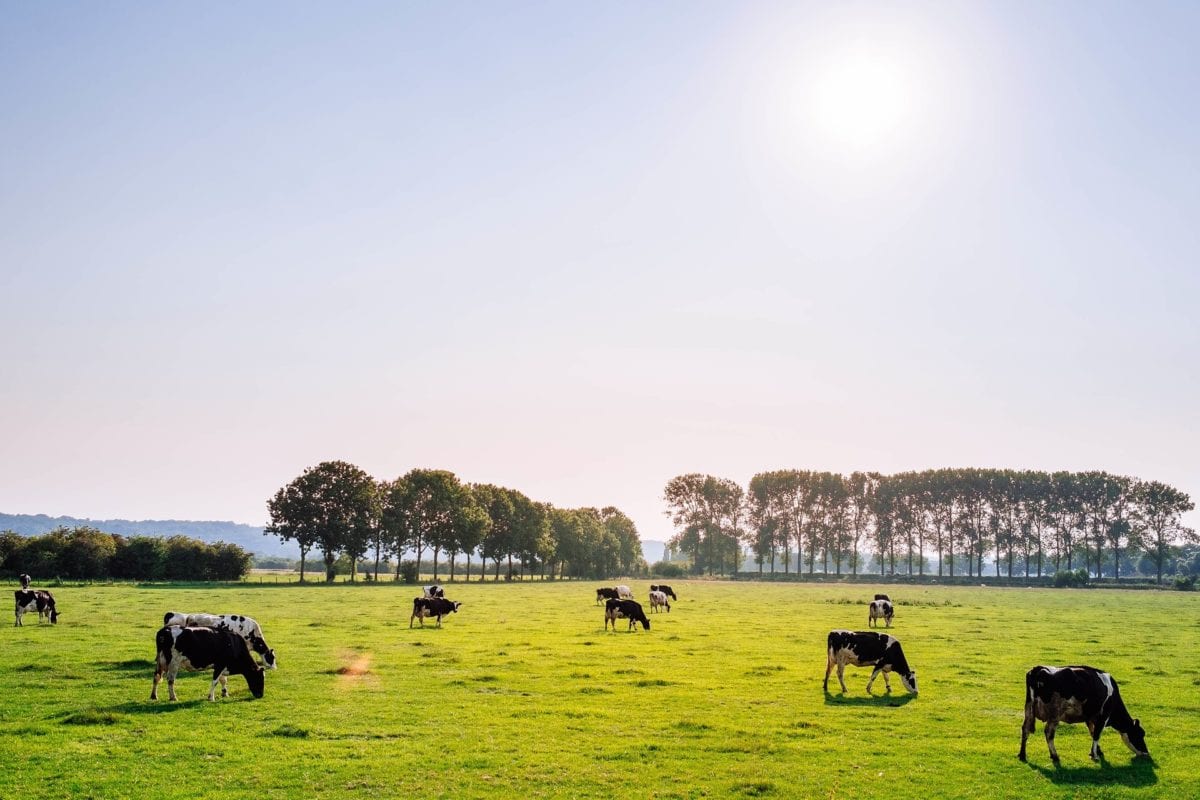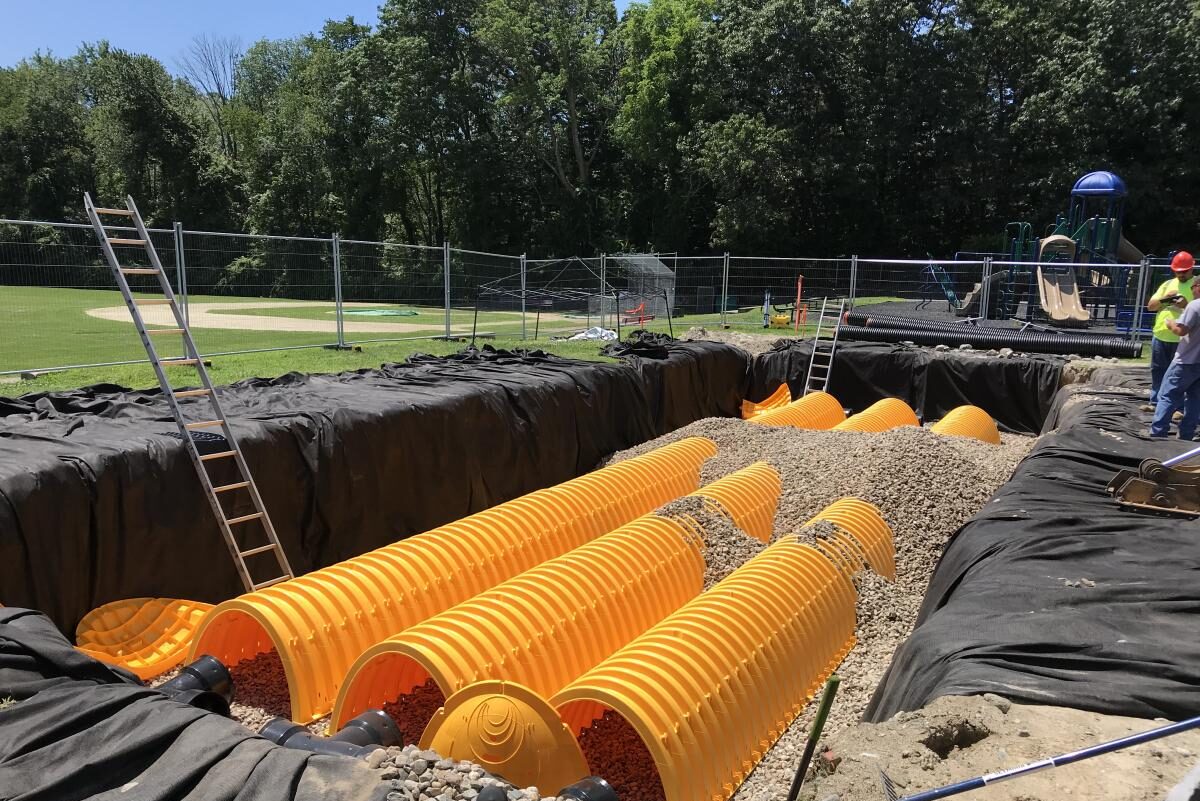Every year, World Soil Day is celebrated to concentrate on how crucial healthy soil is and support sustainability efforts of soil resources. The focus of the celebration this year is to save the future by stopping soil erosion.
Can Stopping Soil Erosion Make a Better Future?
Now, it is estimated that soil erosion occurs in a land similar to the size of a soccer field every 5 seconds. During the celebration 3 years ago, a United Nations’ Food and Agriculture Organization senior representative explained that if soil erosion does not slow down, topsoil in the world could run out in about 60 years. This will have negative effects on the global food supplies and the future.

What Makes Soils Very Important?
You get to enjoy clean water and air because of the soil. That is because it functions as a filter for contaminants and nutritional sources of plants that humans and other animals feed on. Soil organisms such as bacteria, fungi, microarthropods, algae, and insects improve soil health by working in complicated sets to resolve nutrients, pests, diseases, and water problems. These soil organisms also support the health and growth of plants.
Healthy soil has a varied community with a lot of microbes. This helps with the physical, biological, and chemical dimensions of soil. On the other hand, unhealthy soil has to be developed by using water, nutrients, and pesticides to deal with diseases and pests. This kind of soil is more likely to erode because it has poor soil structure.
The absence of water-stable soil elements causes poor soil structure. These are created through biological and chemical means, making it possible for fine materials such as organic matter, sand, silt, and clay minerals to be more resilient to wind and water.
Soil health principles and practices give farmers and ranchers opportunities to make their soil healthy. Moreover, it is also used in regenerative organic agriculture. Some of the soil health principles are rotating crops, reducing or not using chemicals, covering the surface of the soil, and integrating the principles to livestock, among many others.





